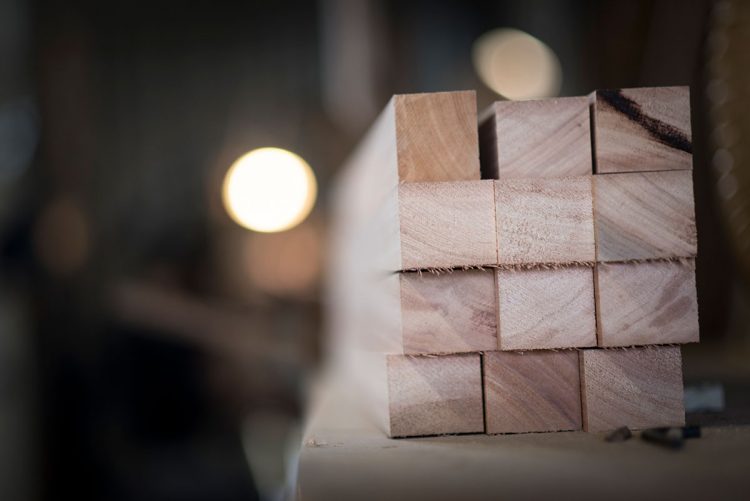Design for the future
Posted by Bath Bespoke on 26 July 2019
As debates around the development of a circular economy and closed-loop design emerge, and the need to implement real progress towards a sustainable future continues to climb the global agenda, the importance of taking responsibility for what we make and how we make it becomes an essential component of business.
Achieving business success and safeguarding the planet do not have to be mutually exclusive.
The concept of closed-loop design, whereby materials used in products are infinitely reusable, is infiltrating manufacturing as a viable business option. Developing closed-loop products is seen as a key step towards turning the global economy into a circular one, in which waste and pollution are eliminated while natural systems are restored.
 Progress is emerging on ‘big-brand’ scale. Adidas now has a ‘Future Team’ dedicated to identifying trends and investigating new materials and technologies for its products. This team introduced their fully recyclable sneaker in June 2019, made of a single recyclable material, thermoplastic polyurethane (TPU), meaning that at the end of its life the plastic can be ground up into pellets and reused. “So you make something, someone uses it and brings it back somehow. And that is turned into a new product: a new shoe or whatever. It just makes sense. It’s common sense to the industry, and us. That’s how we envisage the future.”
Progress is emerging on ‘big-brand’ scale. Adidas now has a ‘Future Team’ dedicated to identifying trends and investigating new materials and technologies for its products. This team introduced their fully recyclable sneaker in June 2019, made of a single recyclable material, thermoplastic polyurethane (TPU), meaning that at the end of its life the plastic can be ground up into pellets and reused. “So you make something, someone uses it and brings it back somehow. And that is turned into a new product: a new shoe or whatever. It just makes sense. It’s common sense to the industry, and us. That’s how we envisage the future.”
Meanwhile, Ellen MacArthur, the British former round-the-world sailor and founder of circular-economy charity Ellen MacArthur Foundation, has been championing the cause for the last thirteen years. She gave up her record-breaking solo sailing career to launch her foundation after she drew the disparate worlds of sailing and global economics together: “In the Southern Ocean, you’re 2,500 miles away from the nearest town. What you have is all you have. And this sowed an unexpected seed. When I got off the boat at the end, I started to translate that understanding of what “finite” means for the global economy. I understand what “finite” is for me: when I run out, I run out. I restock at the end. But actually, [the world] can’t.”
MacArthur has recently called upon architects and designers to join her fight to eradicate industrial waste and pollution, claiming it is vital to get designers and architects on board to ensure that products and buildings are designed to help regenerate the planet, rather than exploit it. “Can you design for the future, design for recovery, to deliver even more value in the future?”

Operating responsibly and reducing the environmental impact of our furniture and joinery has been at the heart of the business since the beginning, ten years ago.
An inherent responsibility to source wood sustainably alongside a desire to work with innovation in the field as it emerges, allows us to operate using some of the most sustainable practices possible in the industry. A solar-powered workshop, closed-loop approach in terms of wastage (waste wood is burnt for fuel and the local farm animals get comfortable in our sawdust) alongside working with materials, finishes and suppliers that support environmental initiatives to actively protect and replenish the environment from which it takes, provide the backbone to our production.
Working with wood as a natural product means our output is inherently reusable in some form but chiefly, our ‘products’ are designed and handcrafted to last as an integral part of the space into which they are incorporated. We are designing for the future – creating intelligently designed spaces from high-quality materials which are handmade using traditional methods and sustainable practices executed to the highest standards – because it’s vital for the future success of our company, our society and our planet.